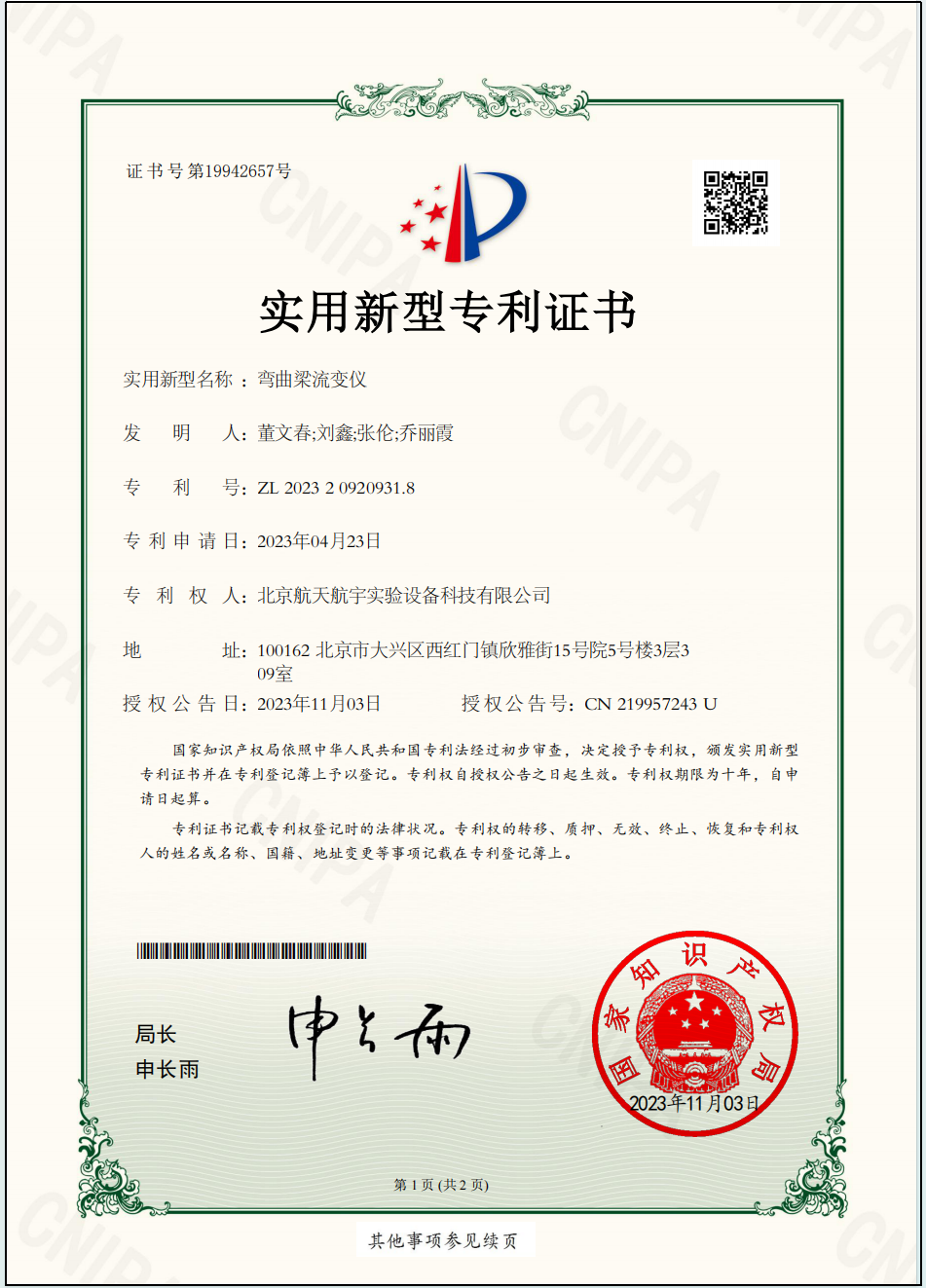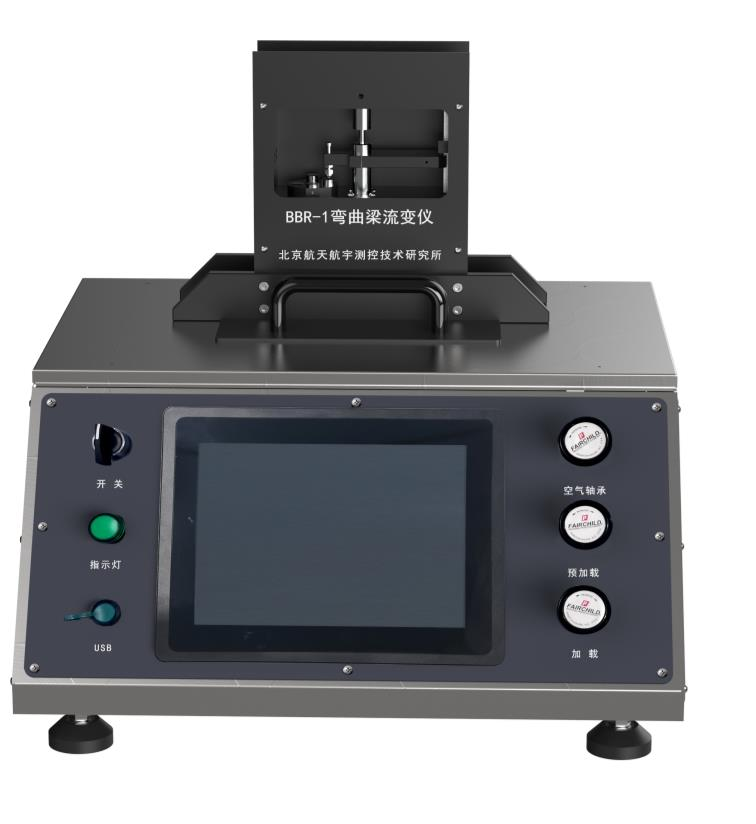Joint R&D
Before 2020, China's scientific research institutions and large laboratories need to use the bending beam rheometer can only be purchased from the U.S. XX company, which is expensive and high maintenance costs. This causes a lot of inconvenience. This instrument is required by our standard JTG E20 T0627. Dong Wenchun, the general manager of Aisino Aerospace, is from the scientific research position to the management, and is well aware of the importance of experimental instruments for scientific researchers, and very much wants to come up with our home-made high-quality instruments to supply the units in need. Combined with the national policy of localization of equipment vigorously pursued in recent years, many scientific research universities are also actively looking for domestic high-quality equipment. So, in 2019 Beijing University of Architecture found us and proposed to develop and produce the bending beam rheometer, under the consistent vision, the two sides quickly reached an agreement and began the development of the bending beam rheometer, under the many tests and trials of the technicians to grind, the equipment is gradually shaped and perfectly reached the production level of the U.S. And in terms of the performance of the machine and the software, we are developed for the habits of the Chinese users and surpassed the U.S. XX company's instruments. In 2020, the BBR-1 Bending Beam Rheometer produced by our company formally completed the development and delivered to use, and also applied for a utility model patent.
BBR-1 Bending Beam Rheometer
The low-temperature shrinkage and cracking properties of asphalt pavements are related to the creep strength of the asphalt binder and the slope of the logarithmic versus time logarithmic curve of the creep strength.
The BBR-1 Bending Beam Rheometer is a device that tests the flexural creep strength of asphalt binder at low temperatures according to current specifications and SHRP methods to evaluate the low-temperature fracture properties of asphalt binders, and the results of this test include an indication of the low-temperature creep strength, S(t), and the rate of change of creep strength, m(t).
Patent certificate
BBR-1 Bending Beam Rheometer Patent Certificate


Patent certificate
BBR-1 Bending Beam Rheometer Patent Certificate





